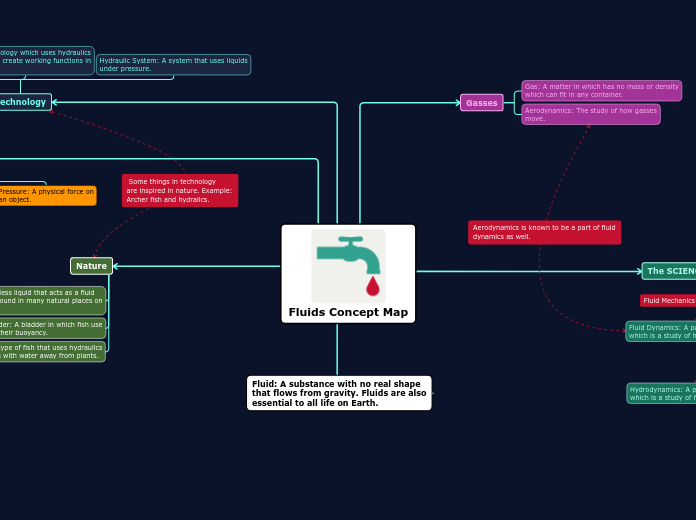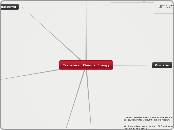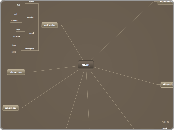Arctic Fox
Behavioural
Sheds winter coat for a thinner greyish-brown coat during summer
Uses ice floes to travel in search of food in the winter
Hide food in its den or under rocks during summer - storing food for use in winter
Curl up in the snow and cover its nose and face with its bushy tail - keep warm
Structural
Oily fur sheds water and helps to keep the fox dry
Camouflage - In winter its thick, bushy coat turns white.
Has thick coat - allow it to survive in freezing cold temperatures
Has thick hair on the pads of their feet - protects their feet from freezing and helps them to walk on the ice.
Adaptations of Animals in Polar regions
thats really cool
Whales
Nostrils open on top of the head
raises to the surface to take in oxygen
Thick blubber (fats)
source of water
food store during starvation
increases buoyancy
decreases heat loss
Lack of hair hep
decreases friction as it moves in water
respiration
-it breathes thorugh its nostril
Flippers
-limbs are adapted as flippers
-skin on the soles of the walrus's flippers is thick and rough to provide traction on land and ice
-in water, it holds it's short and square foreflippers for steering in the water
-on land,it position its foreflippers at right angles to the bofy for walking
air sac
air sac under its throat which acts like a floatation bubble and allows it to bob vertically in the water and sleep
long tusks
long tusks are used ofr fighting, dominance and display.
they are also used to form and maintain holes in the ice and help it in the climbing out of water onto ice
skin
-has a blubber layer up to 15cm thick to keep it warm
-
Main topic
Penguins
"Tobaganning" movement
This is when the penguin slides on its belly to conserve energy when moving quickly.
Underwater vision
Eyes are adapted for underwater vision as this is the primary means of locating prey and avoiding predators.
Countershaded skin
The white belly provides camouflage (as it is similar to the reflective water surface). The black back also provides camouflage (from aerial view).
Vestigial wings
Useless in flight but act as excellent flippers for competent movement in the waters.
Closely packed modified feathers
The smooth, thick-layered plummage allows an air layer to be preserved thus ensuring buoyancy as well as insulation in a cold environment.
Black Brow albatross
salt glands(on nose)
to excrete excessive salts, thus maintain water potential in blood
produce stomach oils
use against predators
as rich food source for long flights
Long-winged span
energy-saving, able to soar in the wind for long distances
Polar bears
Postures
Eating Habits
Humans
Walrus
Seals
Physical Appearance
Subtopic
Weight: 350–680 kg
White in color









